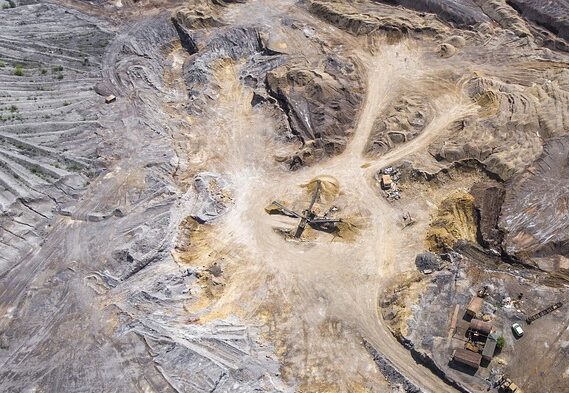Gold mining has been a significant industry for centuries, with many countries relying on it as a source of income. However, the process of gold mining can be shrouded in mystery and misconceptions. While gold mining can provide economic benefits, it can also have significant environmental and social costs.
As the industry continues to evolve, there is a need to consider the long-term implications of gold mining and work towards more sustainable and responsible practices.
This article aims to answer three commonly asked questions about gold mining, including what it is, how it is done, its environmental and social impacts, its economic impact, and its future.
1. What Is Gold Mining, and How Is It Done?
Each method of gold mining has its advantages and disadvantages. Placer mining is often a more straightforward process, requiring less equipment and infrastructure than other methods. However, it can also have significant environmental impacts, particularly when large amounts of water are used.
Hard rock mining can be more challenging and expensive, but it can also yield higher quantities of gold. The choice of mining method often depends on factors such as the location and quantity of gold deposits, as well as the economic and environmental conditions in the region.
2. What Is the Economic Impact of Gold Mining?
The economic impact of gold mining can be significant, particularly in countries where gold deposits are abundant. Mining can contribute to economic growth by providing employment opportunities and generating revenue for governments and local communities.
In some cases, mining companies may also invest in developing infrastructure and social services, such as schools and healthcare facilities. However, the economic benefits of gold mining are often unevenly distributed, with local communities and workers only sometimes receiving their fair share of the profits.
3. What Is the Future of Gold Mining?
The future of gold mining is still being determined. While demand for gold remains high, the industry faces several challenges, including declining reserves, increasing costs, and environmental and social concerns.
In recent years, there has been a shift towards more sustainable and responsible mining practices, including using renewable energy sources and implementing social and environmental safeguards.
Conclusion
Gold mining is a complex industry with both positive and negative impacts. While it can provide economic benefits, it can also have significant environmental and social costs. As the industry continues to evolve, it is important to consider the long-term implications of gold mining and work towards more sustainable and responsible practices.
Learn more about the exciting world of gold exploration with the help of Janet Sheriff. We are dedicated to identifying and developing high-quality gold deposits with the utmost environmental and social responsibility. Get in touch with us today to join us in our mission to bring responsible and sustainable gold exploration to the world.

